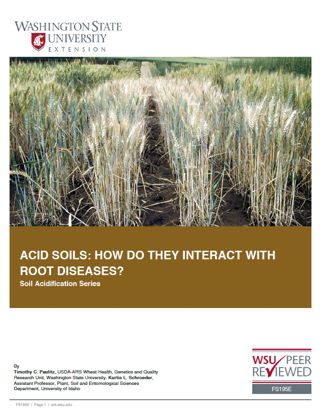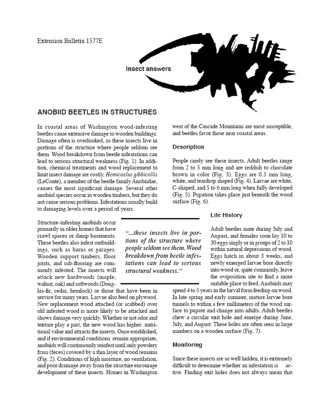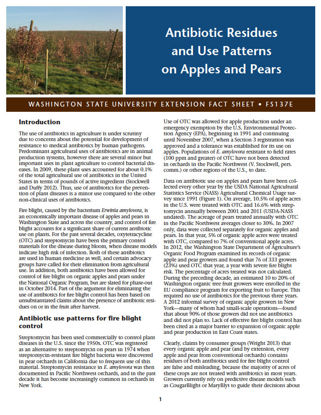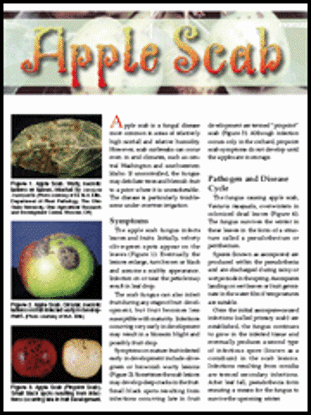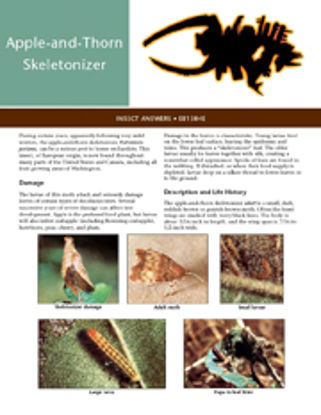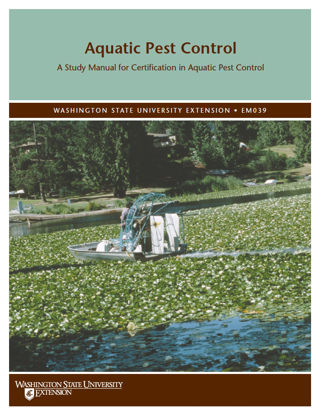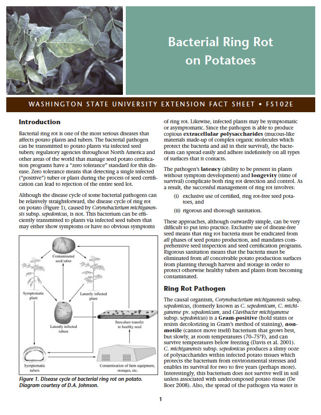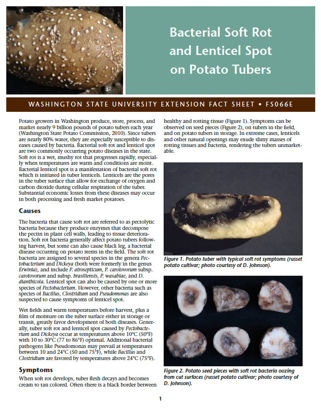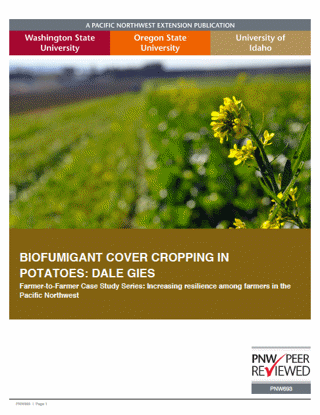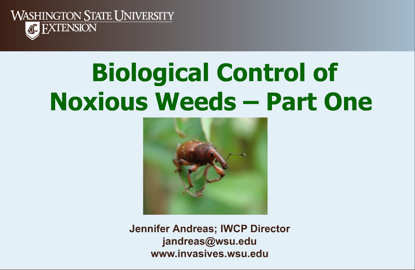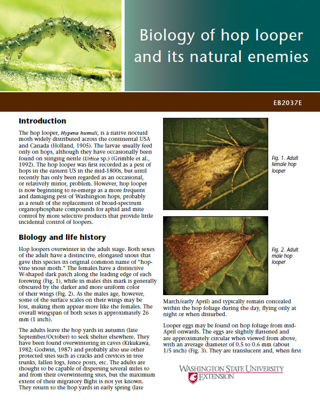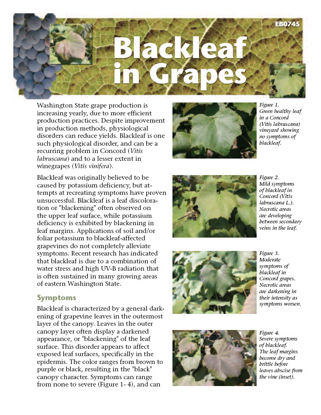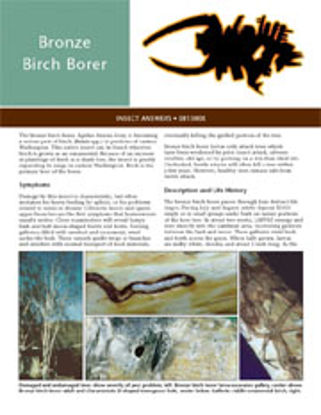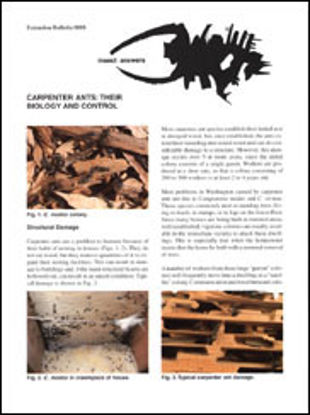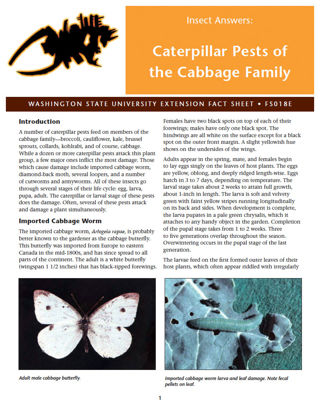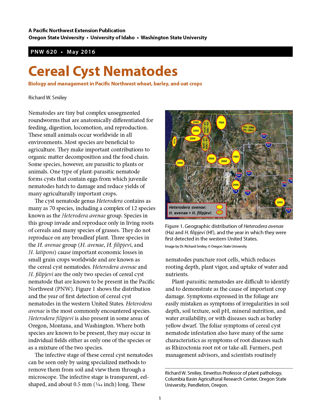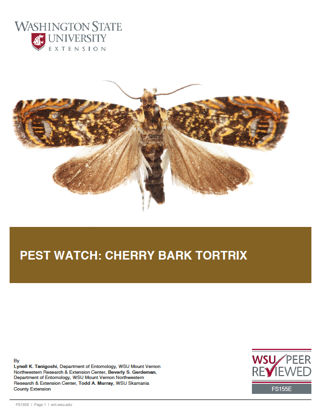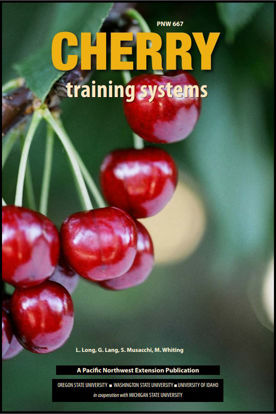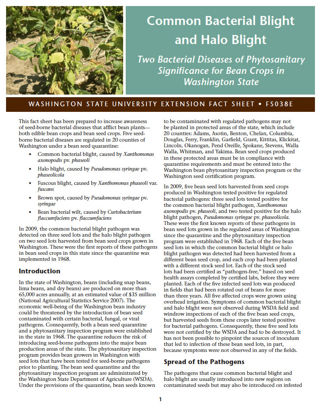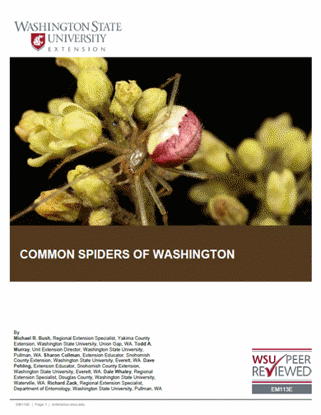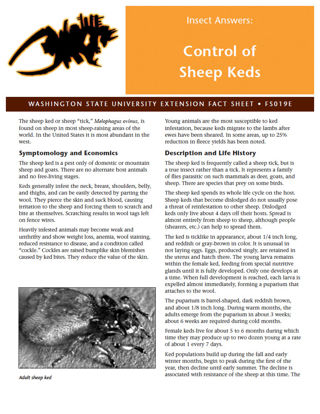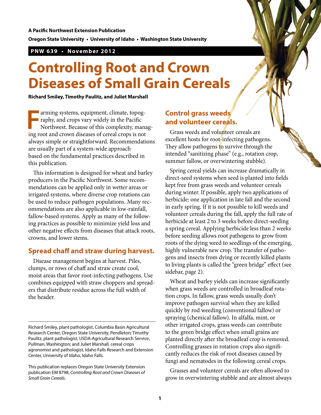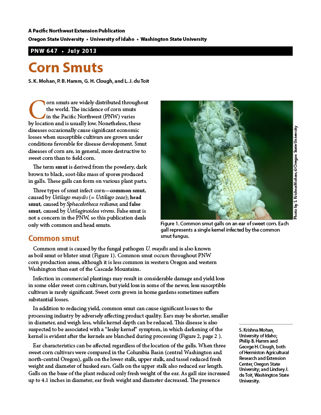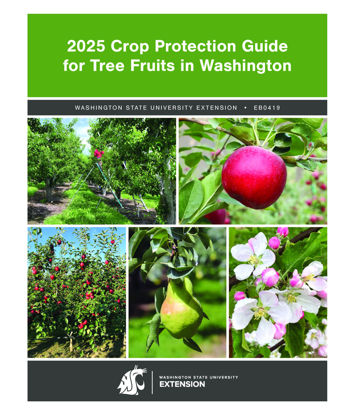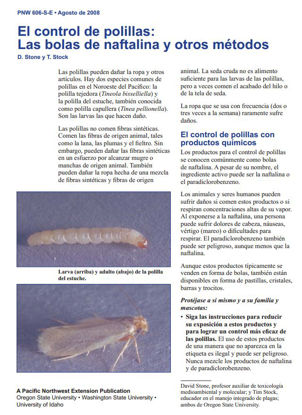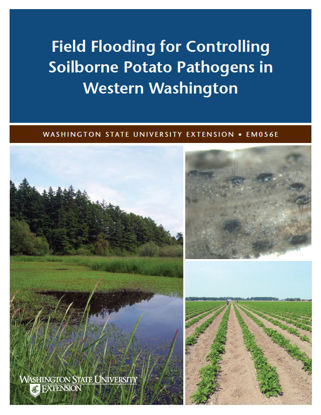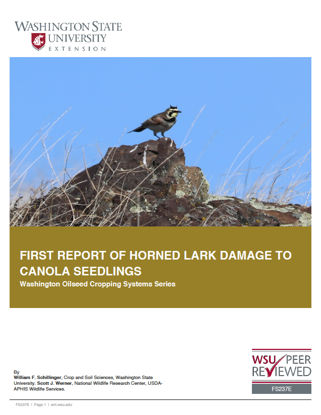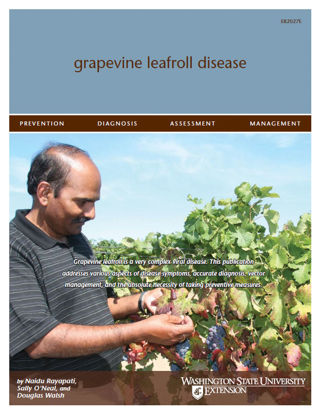Pests, Plant Diseases, and Weeds
Pests and Plant Diseases
Acid Soils- How Do They Interact with Root Diseases? (Soil Acidification Series)
Anobiid Beetles in Structures
Online Only
The anobiid beetles can cause a lot of structural damage to wooden buildings before being discovered because they are usually out of sight. Hemicoelus gibbicollis (Le ...
Antibiotic Residues and Use Patterns on Apples and Pears
Apple Scab
Apple-And-Thorn Skeletonizer
Online Only
Following mild winters, the apple-and-thorn skeletonizer, Eutromula pariana, can be a serious pest in home orchards. It affects all fruit growing areas of Washington state. ...
Aquatic Pest Control
Bacterial Ring Rot on Potatoes
Bacterial Soft Rot and Lenticel Spot on Potato Tubers
Biofumigant Cover Cropping in Potatoes: Dale Gies (Farmer to Farmer Case Study Series)
Biology and Management of the Potato Tuberworm in the Pacific Northwest
The potato tuberworm is an important pest worldwide, and has become a major concern for potato production in the Pacific Northwest in the last 5 years. Protecting potatoes with an integrated approa ...
Biology of Hop Looper and its Natural Enemies
The hop looper is a native noctuid moth that was first reported as a pest of hops in the mid-1800s, but until recently has generally been regarded as a relatively minor and sporadic problem. Howeve ...
Blackleaf in Grapes
Recent research shows that blackleaf in grapes is due to a combination of water stress and high UV-B radiation. Learn how to identify and control this disease in Concord and winegrapes by addressin ...
Bronze Birch Borer
Cabbage Seedpod Weevil Management in Canola (Oilseed Series)
Carpenter Ants: Their Biology and Control
Caterpillar Pests of the Cabbage Family
Cereal Cyst Nematodes: Biology and Management in Pacific Northwest Wheat, Barley, and Oat Crops
Cherry Bark Tortrix Enarmonia formosana (Home Garden Series) Replaces EB1893
Cherry Training Systems
Describes the seven major pruning systems used in commercial cherry tree orchards in Oregon, Idaho, Washington, and Michigan. Includes overall goals and critical steps for major stages within each.
Common Bacterial Blight and Halo Blight: Two Bacterial Diseases of Phytosanitary Significance for Bean Crops in Washington State
Common Spiders of Washington (Replaces EB1548)
Control of Sheep Keds
Controlling Root and Crown Diseases of Small Grain Cereals
Corn Smuts
Crop Protection Guide for Tree Fruits in Washington
Field Flooding for Controlling Soilborne Plant Pathogens in Western Washington
First Report of Horned Lark Damage to Canola Seedlings (Oilseed Series)
Grapevine Leafroll Disease
Grapevine leafroll is a very complex viral disease. This publication addresses various aspects of disease symptoms, accurate diagnosis, vector management, and the absolute necessity of taking preve ...

